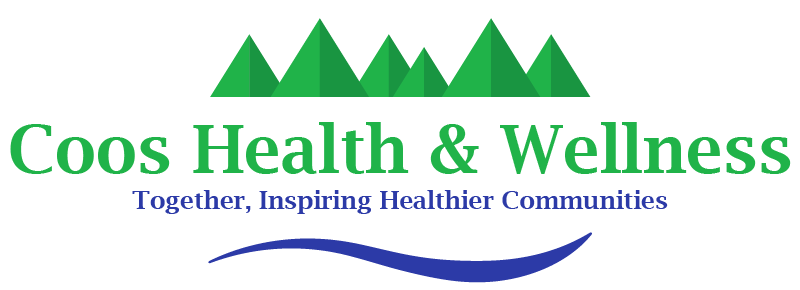What to Expect from a Large Earthquake
Op-Ed Submission
What to Expect from a Large Earthquake
March 27, 2017
[North Bend, Oregon] – Do you know what to expect from a large earthquake in the Pacific Northwest?Coos County is located on a very large fault line called the Cascadia Subduction Zone. When the Cascadia Subduction Zone ruptures it will trigger a magnitude 8 or higher earthquake here in Coos County. Will you know what to expect once the earth starts shaking?
Due to the size and nature of the Cascadia Subduction Zone, the first earthquake many of us will experience here will be a very big one.
When people talk about “the big one”, what are they referring to? An earthquake in Coos County could last for up to five minutes and according to the Oregon Resilience Plan a large earthquake in the Cascadia Subduction Zone will:
- Result in large power outages for up to six months
- Result in a lack of clean water resources for up to three years
- Result in no or minimal healthcare facilities for up to three years
While this may seem hopeless, by knowing even just a little information you can drastically increase your chances of survival after an earthquake. Add having a family communication plan and a Go-Kit ready, and your odds increase even more.
When the shaking begins:
Five minutes will feel like a lifetime once the ground starts shaking. Many people think that they should run outdoors during an earthquake. The shaking will be so strong that it won’t be possible to move without possibly hurting yourself. In fact, you should first drop to ground to prevent injuries from running on a moving surface. Second, you should cover your head with a desk, table, or your hands to protect from falling debris. Finally, if possible, you should hold on to the legs of a table or desk.
Drop, Cover, and Hold On.
If you are in your car during an earthquake, pull off to the side of the road preferably off of bridges or overpasses. Wait in your car with your seatbelt on until the shaking stops.
Do not try to use a door way or the “triangle of life” to protect yourself in an earthquake. These methods do not work. It is best to drop, cover, and hold on.
When the shaking ends:
Immediately move to high ground or inland. A tsunami may arrive on the Oregon coast after a large earthquake in as little as 15 minutes. If you are at the beach, near the bay, or in a low area move to high ground as quick as possible. Tsunami’s can continue in surges for up to twelve hours after the initial onset, so stay away from low areas and coastal regions until an all clear has been issued.
According to NOAAs National Weather Service, a tsunami is a large wave generated by the displacement of a large volume of water typically caused by earthquakes, but occasionally caused by volcanoes, landslide or other factors. Tsunami’s can be devastating to coastal and low lying areas.
It is very important to know where high ground is in conjunction with all the areas that you frequent such as school, work and home. It is a good idea to have a tsunami inundation zone map of your town. These are available through Coos Health & Wellness in North Bend, but can also be found online at http://nvs.nanoos.org/TsunamiEvac
How can you be better prepared?
Home Preparedness:
There are many online resource to help you earthquake proof your home. Some of our favorites can be found below:
https://www.fema.gov/earthquake-safety-home
http://www.eqc.govt.nz/sites/public_files/documents/quake-safe-your-home-2012.pdf
https://www.portlandoregon.gov/bds/article/334429
Go Kits:
There are many resources to help you gather what you need for a go kit. More information can be found below:
https://www.fema.gov/disaster/4085/updates/building-supply-kit-your-family
https://www.fema.gov/media-library/assets/documents/90354
http://www.redcross.org/get-help/prepare-for-emergencies/be-red-cross-ready/get-a-kit
Education:
Do you want to learn more about the science behind earthquakes and tsunamis? Here are some great resources for more information about how it all works:
https://earthquake.usgs.gov/learn/kids/eqscience.php
Phillip J Nel, PhD(ABD), MPH, MA
Public Health Emergency Preparedness Manager (PHEP)
281 LaClair Street Coos Bay, OR 97420
541-266-6717 | phillip.nel@chw.coos.or.us
Crisis Line: 541-266-6800
Coos County is an Affirmative Action/EEO | TTY Relay: 7-1-1
